|
The Alfa Romeo 6C 2500 Super Sport was the bridge between pre-war and post-war production and served as their last truly hand-built offering. Its styling was definitely looking toward the future. Through many series and variations, the 6C evolved through the years leading up to WWII and beyond, with engine displacement growing from 1500cc through to 2300cc and the chassis taking lessons learned on the racetrack by the Scuderia Ferrari racing team. Italy’s best coach builders had their turn with the 6C chassis, with the last-of-the-line 2500 Sport and short wheel base, triple carburetor Super Sport forming the foundation for post-war automobiles around the world. With its twin-cam engine and sophisticated independent suspension, the 6C 2500 is one of the best performing and most desirable automobiles of the era, a car that embodies both the past and present of Alfa Romeo.
1 Comment
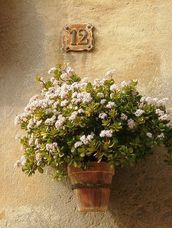 A white flowering sedum A white flowering sedum Whether you're Voyaging through Tuscany, Lazio, Campania, Puglia or Sicily, you will inevitably come across the most beautiful floral displays in hanging wall pot gardens. The kaleidoscope of colors is often dizzying, and the collection of interestingly shaped terracotta pots along with the texture of old stone walls only add interest. Although many plants are hung in more common hanging baskets from metal arm brackets or on balconies, the unusual thing for Americans to see is pots hanging directly on the walls of houses. And it's not just one pot but often dozens creating texture and color on the side of a home. It's easy to get this look in your home garden, if you use the right brackets and choose plants carefully. 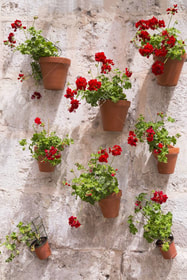 Geraniums are one of the more common plants you will see on walls and balconies in Italy. They continue to bloom until frost arrives. In southern Italy, the plant continues to thrive and bloom year-round. Able to grow in most soil types, geraniums have few problems and will give even more blooms by picking off spent blooms and keeping the plant fertilized, so don't plant them too high.  Dahlias grow from tubers that must be dug up and stored during very cold winters. They come in a kaleidoscope of colors with the shorter varieties doing very well in pots (they love well drained soil). Just don't let them dry out repeatedly and remember to regularly fertilize during the growing season.  Petunias grow very well in hanging pots, especially the trailing types. They will need water every day, lots of fertilizer and benefit (like most annual flowering plants) from pinching off the dead blooms (which prevents them from going to seed, which takes energy from the flowering process). And don't forget to plant some Calibrachoa, which look like small petunias but are a different genus. Like petunias, they come in a wide range of colors. 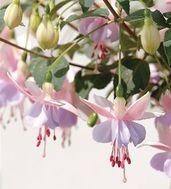 Fuchsia is a wonderfully varied flower to grow in wall pots, its bell shaped pods dangling and opening to reveal a very complex flower shape. They come in many different types... from pastels to powerful blues and reds, some ruffly and others like delicate butterflies. And if you want to attract hummingbirds, this is the flower to grow. If you cook with herbs (as any good Italian does), planting some of your favorite herbs in your hanging wall garden is a great option. Many herbs require good drainage and soil that's not too high in nutrients, like sage, thyme, or oregano. The wall is a perfect environment, in fact, many herbs in Italy grow naturally in cracks in craggy walls. Since mint is usually a runner, often turning into a garden weed, growing it up on your wall is a great way to control its rambunctiousness. For things like basil or parsley, which need more nitrogen (for leaf growth) and water, plant them in a richer, water retaining soil. You can even add some Soil Moist water retention crystals to your soil mix. Plant these pots lower down so you can easily snip what you need before preparing dinner. Growing Tips
If you don't have a sunny wall or expensive terracotta or ceramic wall pots, be creative --use a fence or put your plants in other things that can make a fun plant container. Here are some hanging pots, brackets and other things to get you started. Click on each photo to see them on Amazon. --GVI
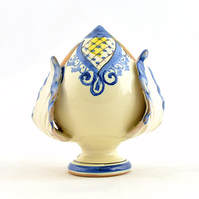 When Voyaging throughout Puglia, you might start seeing colorful ceramic flower buds or pine cones displayed on balconies, lined up on staircases or in gardens. You will see them for sale in gift shops and ceramic shops in most towns you visit. But what are they? Do they have a spiritual meaning? 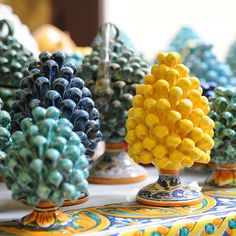 They are called Pumi di Grottaglie, primarily made in the town of Grottaglie (a hub of ceramic production). They represent flower buds (or rose hips) with their pointed bud-shaped design with acanthus leaves surrounding the base. The form can also look more like pine cones, with many points surrounding its form. Pumi are made in all sorts of colorful glazes--even metallic gold. Others will be painted in complex floral designs popular in Mezzogiorno (the South). Still others can be decorated with a lacework of holes, to be used as candle holders, lamps or incense burners. 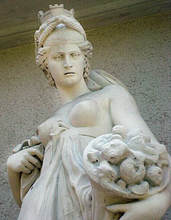 The term pumo comes from the Latin pomum (fruit) and is said to have its roots in honoring the pagan goddess Pomona, deity of fruit, olives and grapes. In some areas of Puglia these ceramics are called Pumo de fiure (flower bud). They represent life about to burst open and flourish--symbols of abundance of the land and of birth itself, but also of prosperity, chastity, immortality and resurrection. In common use, they are put on balconies and into homes to ward off evil and Il Malocchio, or the evil eye. If you're ever in Puglia, bring a Pumo back to keep your home safe. With the multitude of colors and styles to choose from, you will certainly find one (or several) to compliment your decor. In the least, bring home a pair to attach to your own balcony or front steps to keep away the evil spirits... --GVI A ceramic artisan showing how a pulo is thrown on the pottery wheel. A wonderful short film called Il Pumo, in which a young displaced Pugliese
decides to return to the land of his forefathers after being inspired by the story and his purchase of a Pumo. Elsa Peretti danced the night away at Manhattan's Studio 54 during her days as a top fashion model. But she also is a jewelry designer and philanthropist. A lover of architecture, she is also largely responsible for the restoration of the village of Sant Martí Vell in Catalonia, Spain. Through her foundations, she supports a wide variety of cultural, social, and artistic causes. One of her more artistic endeavors proved to be a real challenge... Peretti's La Torre was a ruin of a watchtower on the steep and craggy cliffs of Southern Tuscany--it was hardly a typical beachfront villa. Built by Spanish invaders in the 16th-century as a military lookout between the Tuscan archipelago and the island of Corsica, its remote setting appealed to Peretti but its decrepit condition was daunting. The tower contained awkward, spartan interiors with thick stone walls, cell-like rooms and thin slits as windows. Milanese architect Renzo Mongiardino helped change all that. The design could go take one of two possible paths: honoring the structure and its spartan shapes with whitewashed walls, simple wooden furniture and mattresses on the floor, or creating a three-dimensional fairy tale tower with tromp l’oeil effects. One of the main features is a fireplace mantle created by a copy of a gaping, monstrous mouth, inspired by the sculptures found at the 16th-century Bomarzo Garden of Monsters. Tromp l’oeil columns, pediments, and vines emphasize the fairy-tale-like quality of the tower, taking it back into the 17th century. Some of the effects include distorting perspective to make the spaces appear more spacious than they actually are. Mongiardino designed the tower sitting room as a “Roman ruin” with trompe l’oeil coffered ceiling opening to sky. The patterned floor incorporates terra-cotta, wood and marble. The influence of Bomarzo Gardens is obvious
A sgabello is a type of chair (sedia) of hieratic significance popular during the Renaissance. Sgabelli were typically made of walnut and included a variety of bas relief carvings. The legs could be either two decorated boards with a stretcher for support, or three separate ornamented and carved impost legs. This seat was often placed in hallways, carved with a family's imprese or emblem drawn from its coat-of-arms. Its primary purpose was decorative, therefore the seat was not necessarily comfortable. Similar chairs were made in France. Nowadays, they are used as an accent piece in interior design and period pieces can be worth a small fortune.
The Lancia Astura Spider was produced between 1931 and 1939. Lancia replaced the Lambda model with two models: the four-cylinder Artena and the larger, V8-powered Astura. Both of these models were introduced at the Paris Motor Show in 1931. The Astura chassis was used by various coachbuilders to create coupes, convertibles and sedans.
This Spider version of the Astura, had an engine that gave 110 bhp compared with 82 bhp of the series version thanks to an experimental hemispheric cylinder head similar to the one of the new Aprilia. It was entered for the 1940 the Mille Miglia, but unfortunately Gigi Villoresi had a road accident during the running in of the car which prevented him from participating in the race. There was no Mille Miglia in 1939; the event was suspended in 1938 after an accident that took the lives of 10 spectators. In the post-war years, this car was raced by several Italian drivers, among whom Franco Cortese who gained the highest success, before being sold to the English drivers John Gordon and David Lewis who drove it at the 1949 Mille Miglia. Ending its race career, the car was used for much less noble actions: the smuggling of precious watches from Switzerland to Italy. Seized by the Swiss police, for many years the Astura remained forgotten in a warehouse, where it was rediscovered by Luciano Nicolis who brought it to Italy and had it restored in order to proudly use it at the most prestigious classic car events. 1963 Lancia Flaminia Sport 3C Zagato Following Lancia’s reorganization in 1955, the Flaminia line was introduced as the successor to the legendary Aurelia. It entered production in 1957 and not only employed an updated version of the DeVirgilio V-6 and rear-mounted trans-axle but also adopted an unequal-length double-wishbone front suspension to replace the sliding pillar front suspension Lancia had used since the 1922 Lambda. These modifications endowed the Flaminia with refinement and poise and served as the basis for a broad model range. In addition to the factory-built Berlina, Flaminias also were available as a coupe from Pinin Farina, as the GT and GT Convertible from Touring, and in the form of a more sporting variant from Zagato.
The alloy-bodied Flaminia Sport debuted at the 1958 Turin Auto Show in 2.5-litre, 119-brake horsepower form, and it was one of Zagato’s most successful designs of the era, as it featured the Carrozzeria’s classic rakish lines and double-bubble roof. In 1961, the 2.5-litre engine was updated with three Weber double-downdraft carburetors, increasing brake horsepower to 140. Take a look at Gucci's Ace bee woman's sneakers with platform sole and rows of crystals. Are these really worth $1250? If not, check out the array of bedazzled sneakers on Poshmark.
|
Archives
April 2020
Categories
All
|

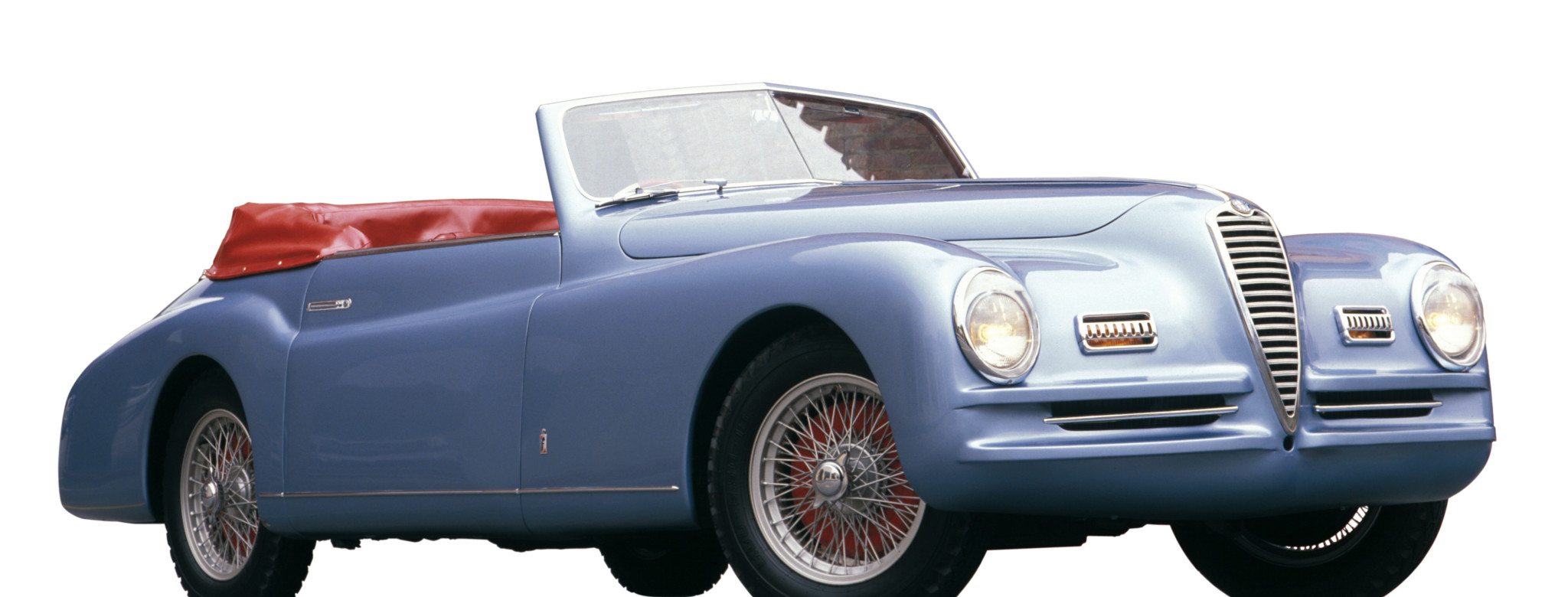
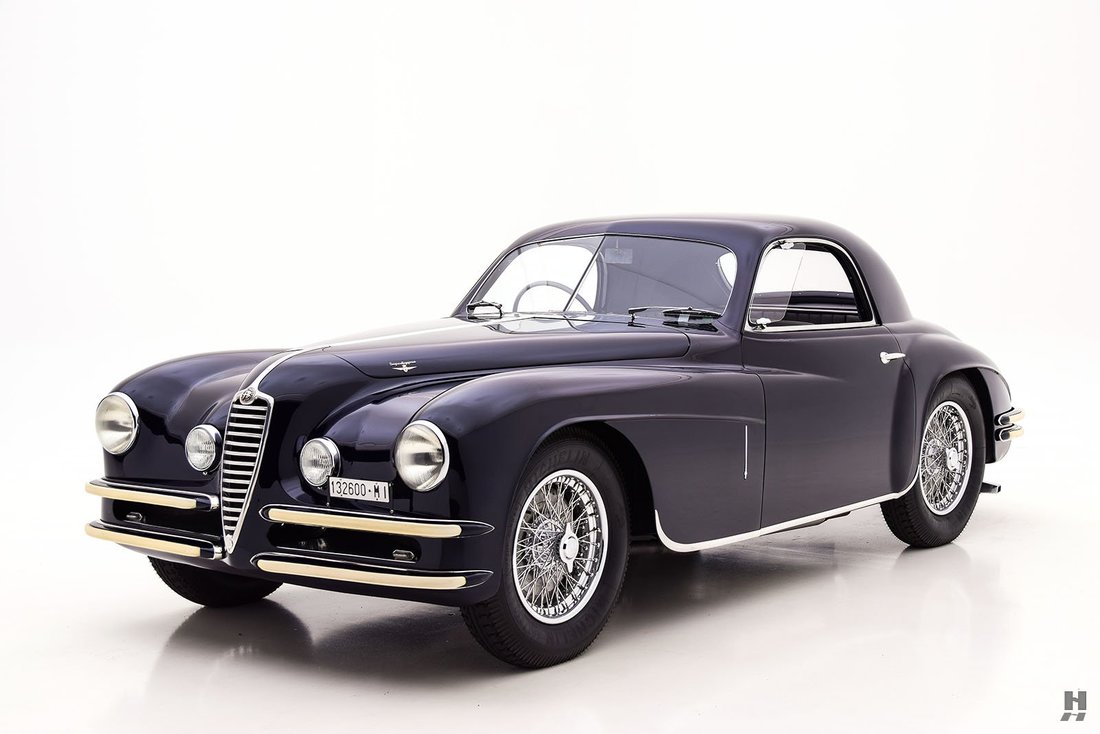
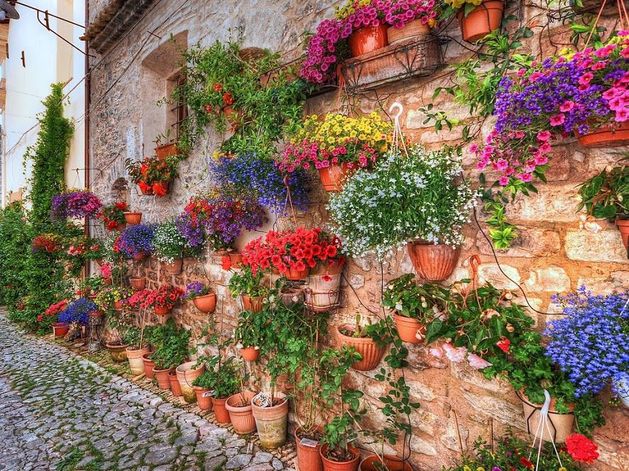
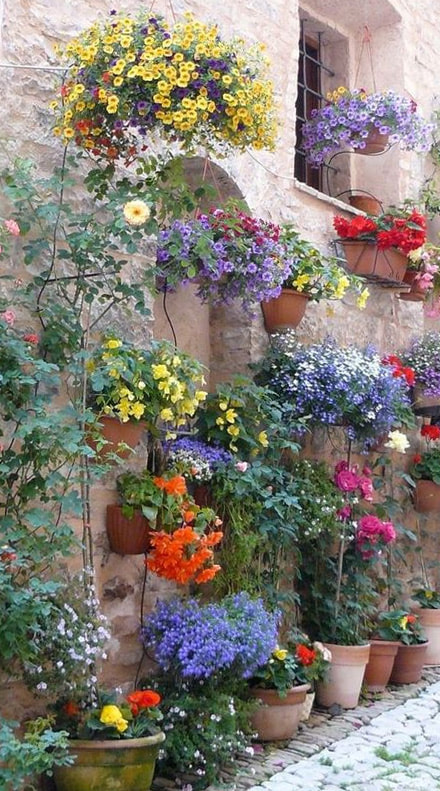
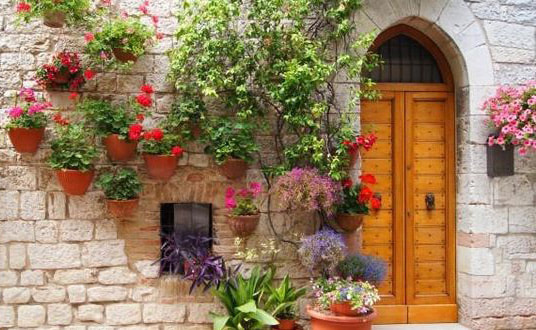
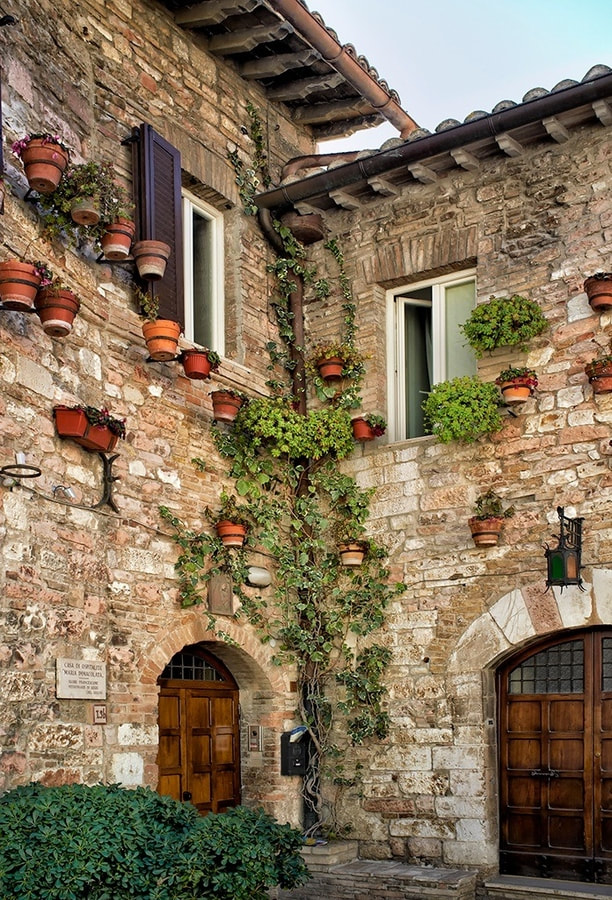



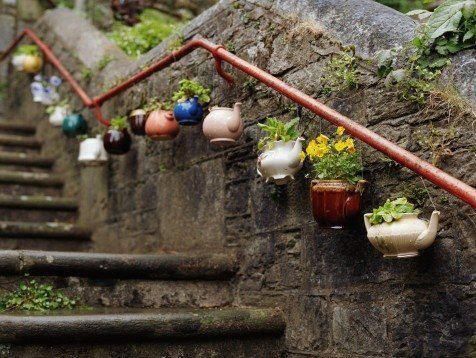
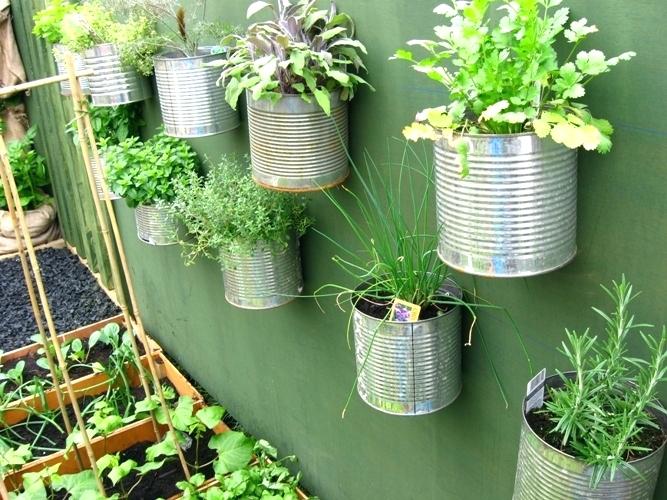
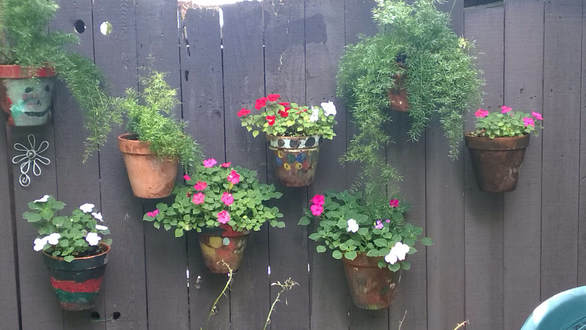
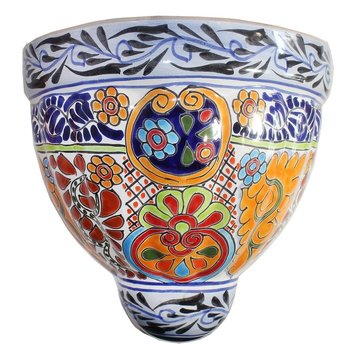
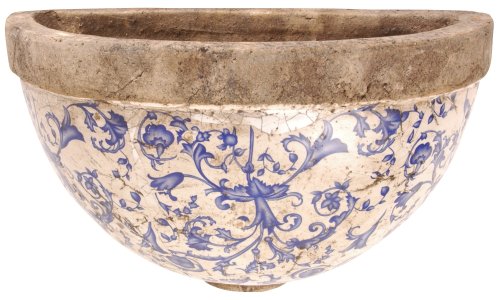
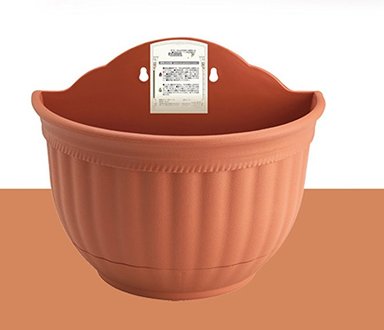
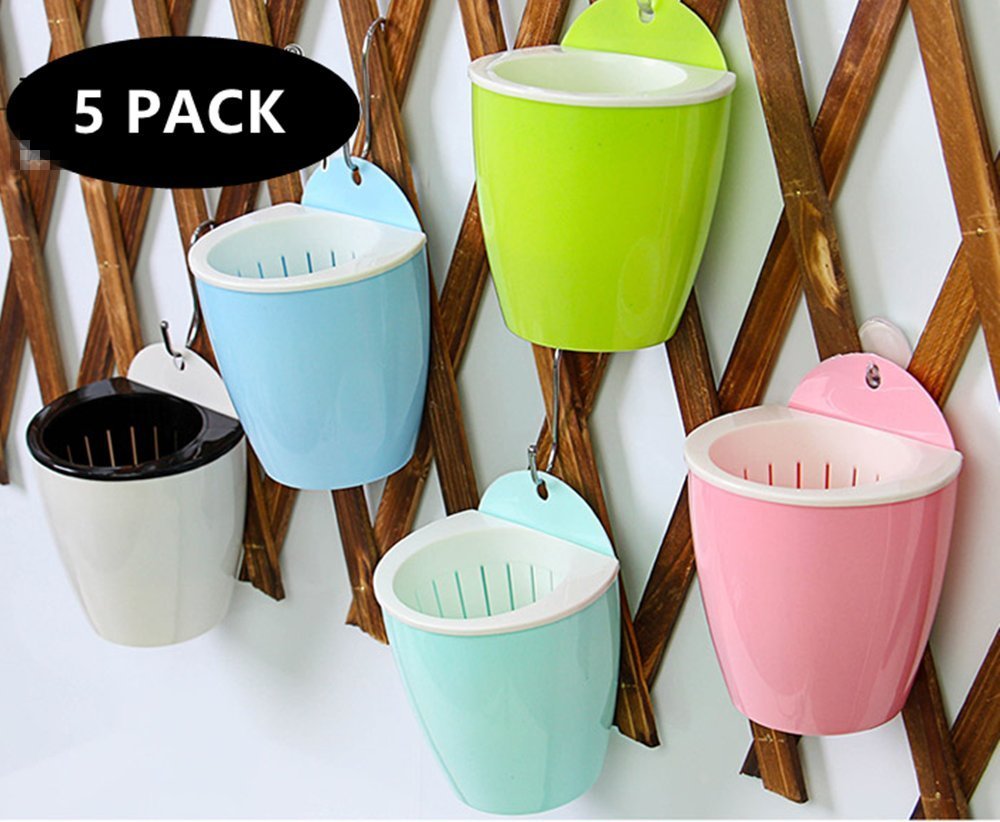
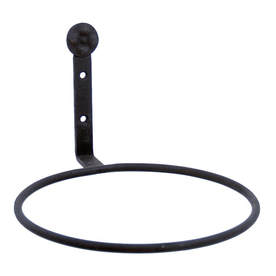
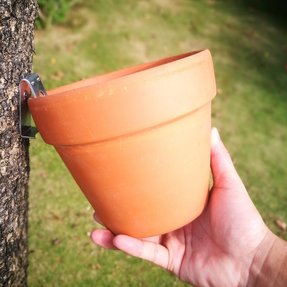



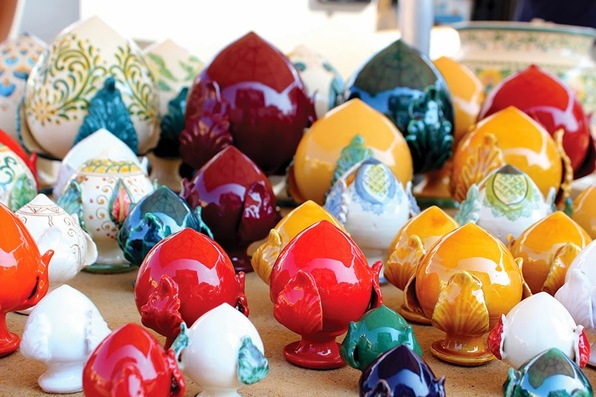
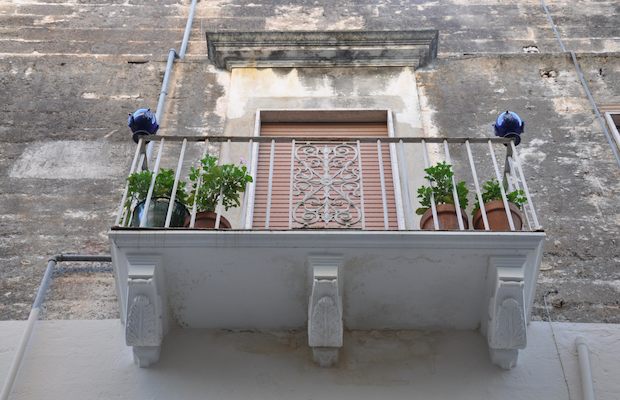
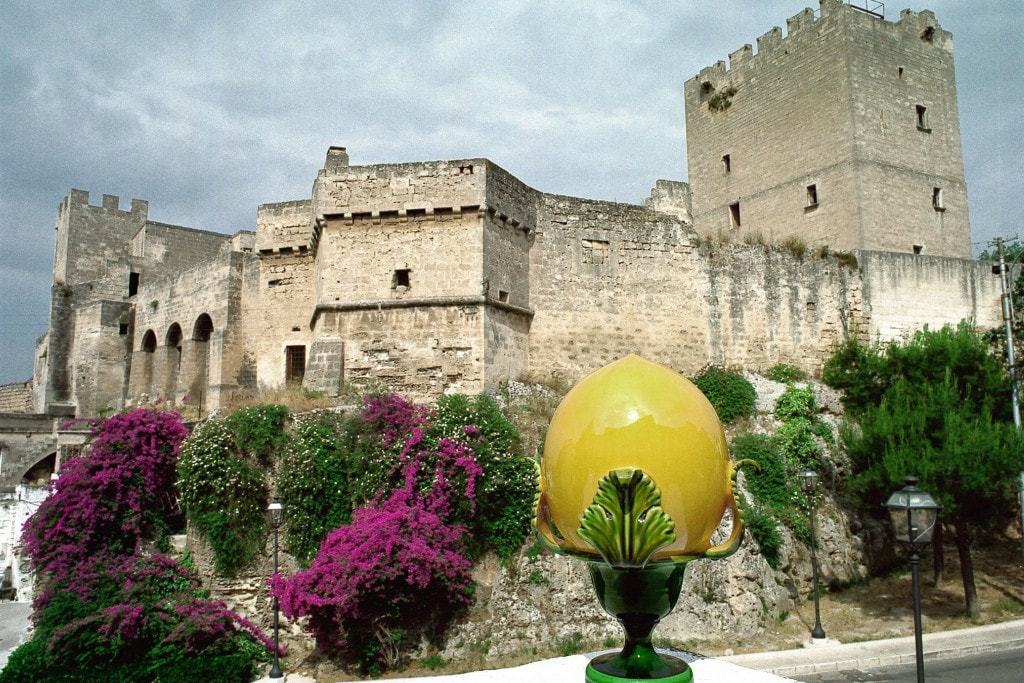
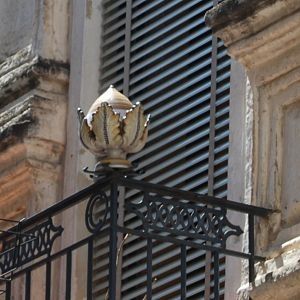

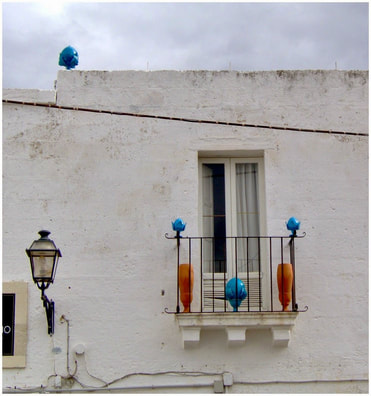
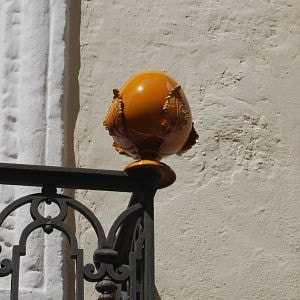
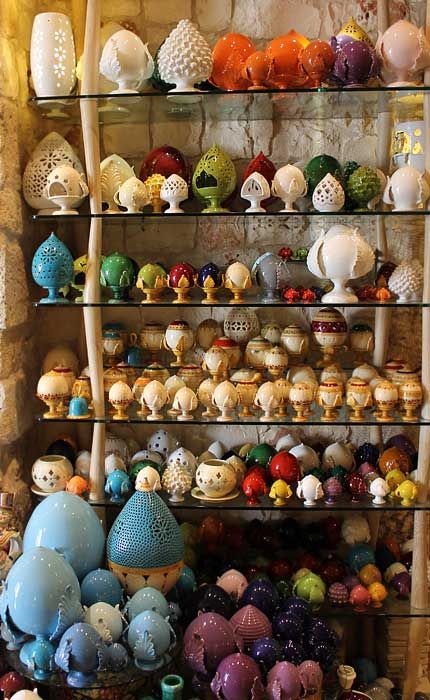
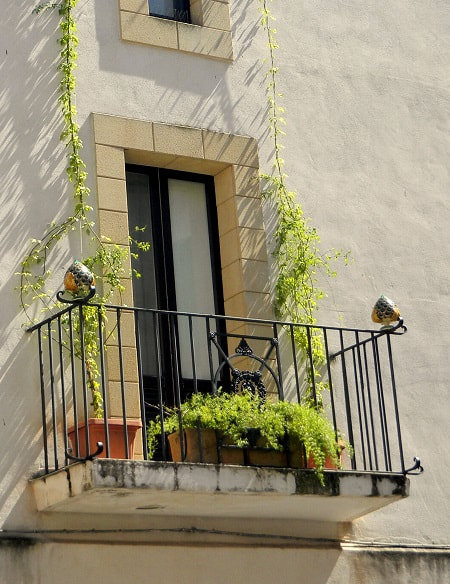
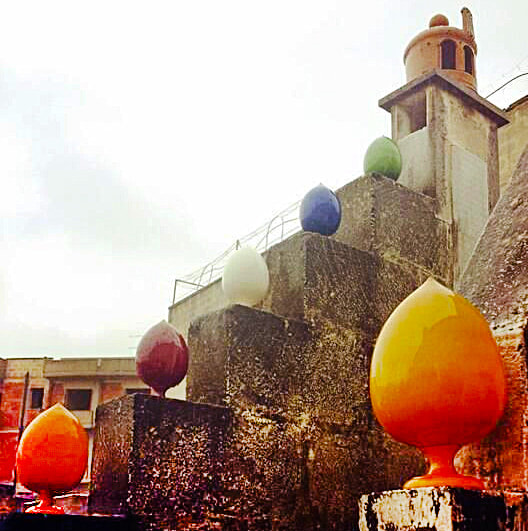
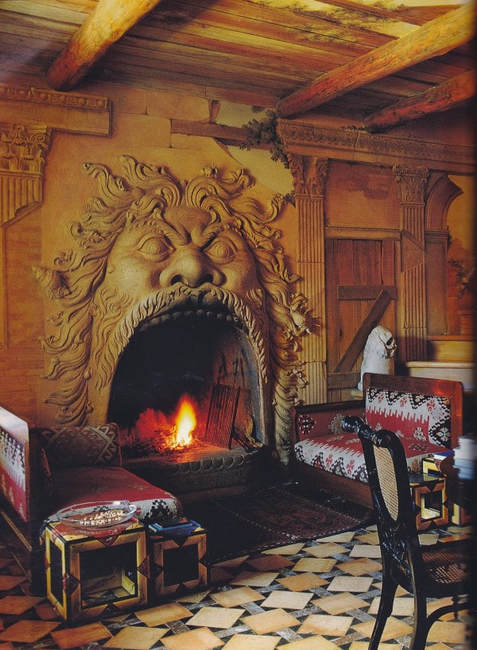
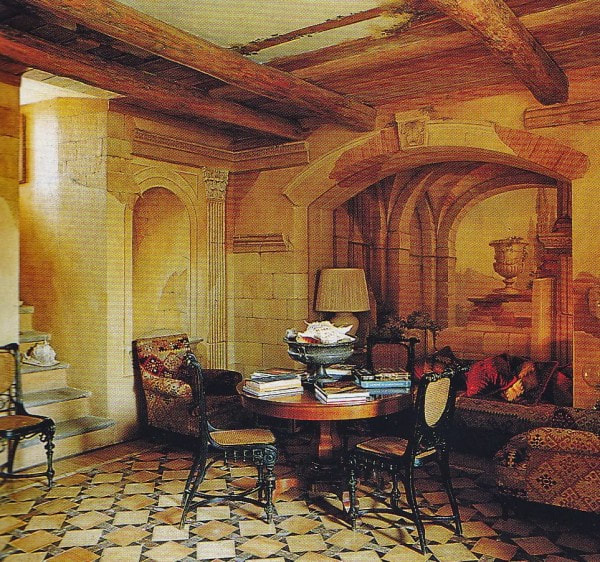
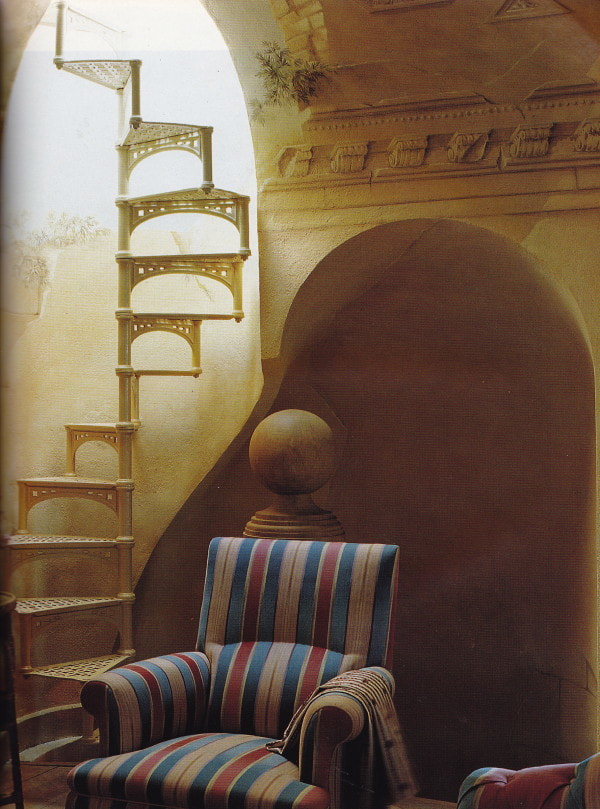
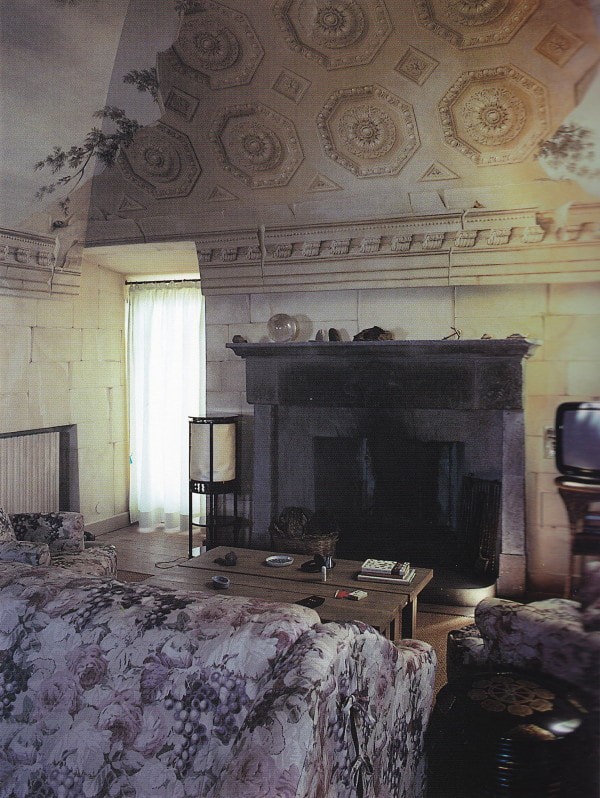
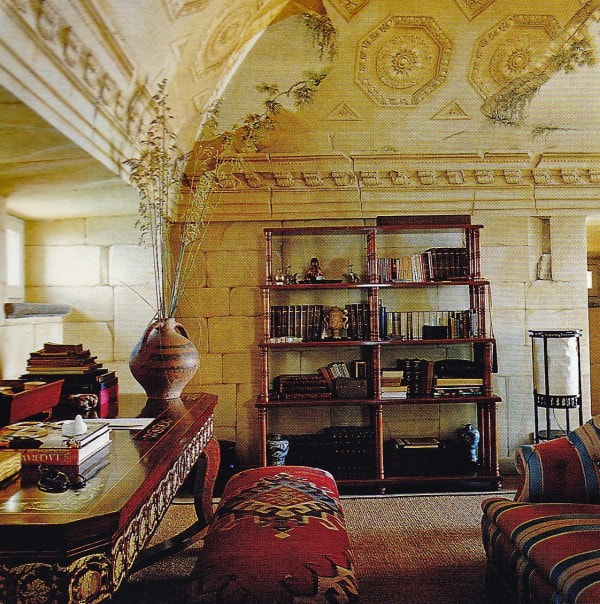
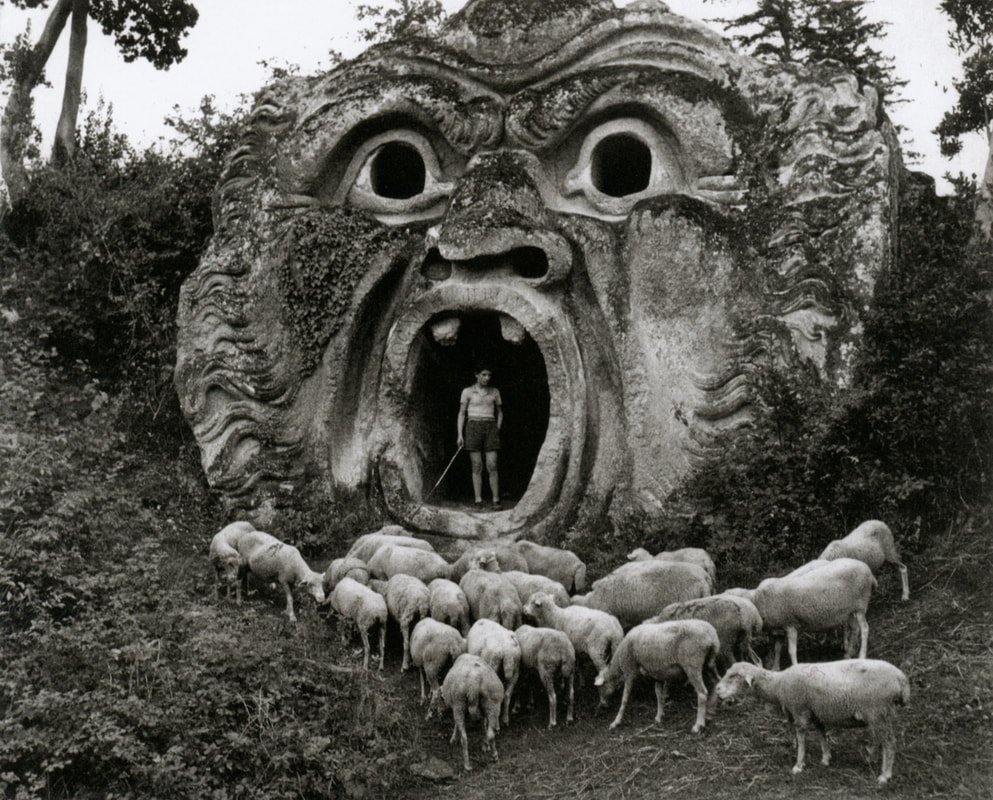
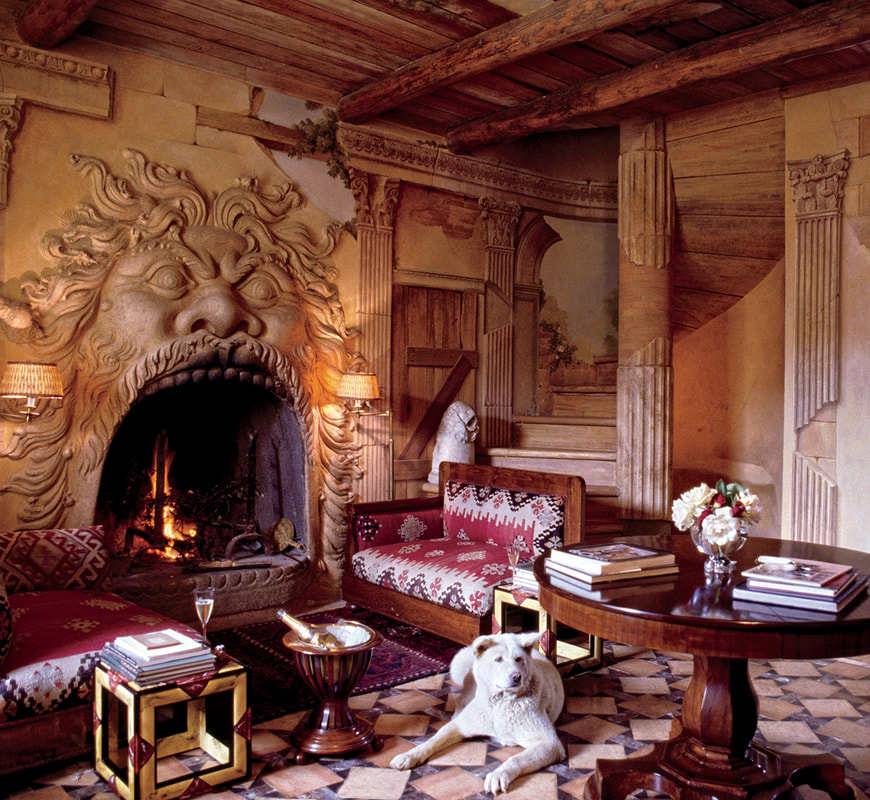
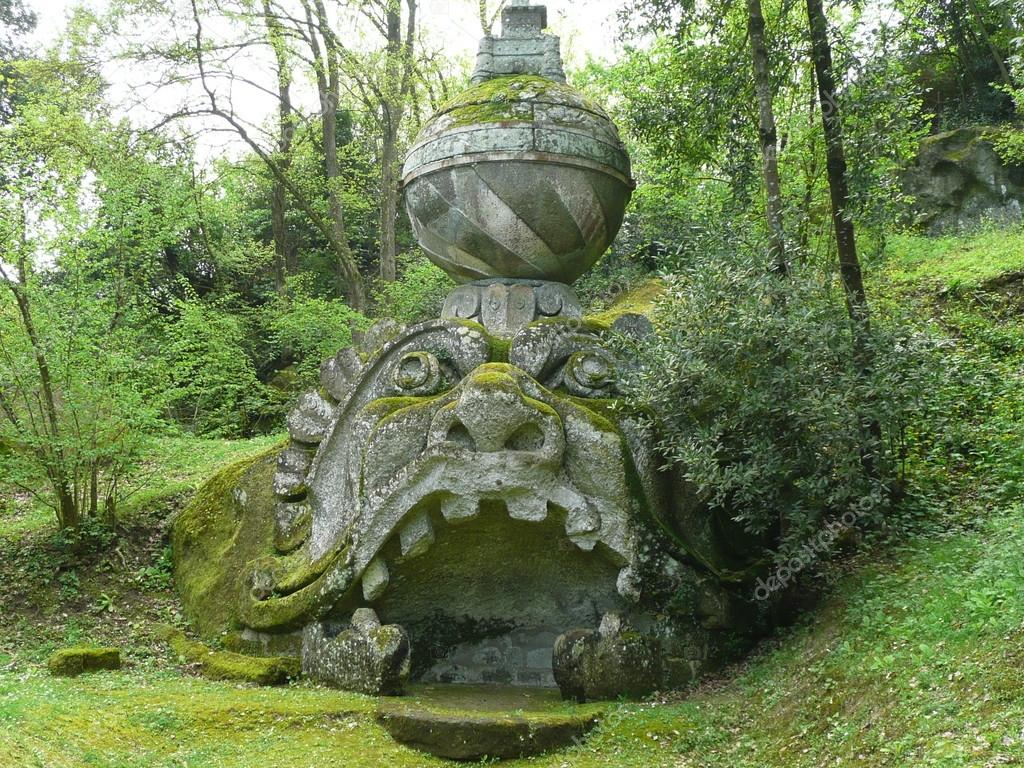
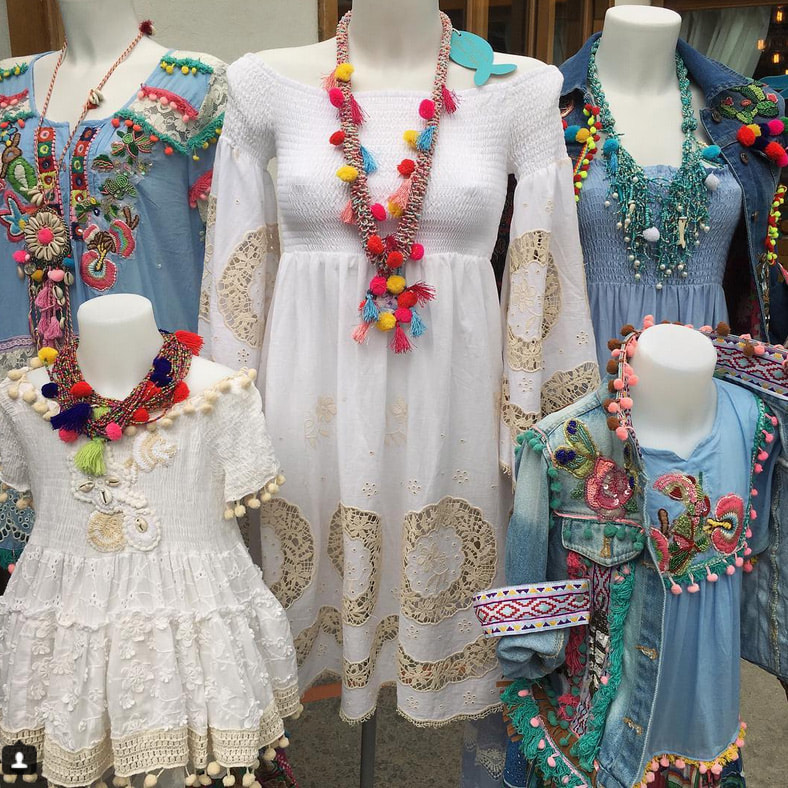
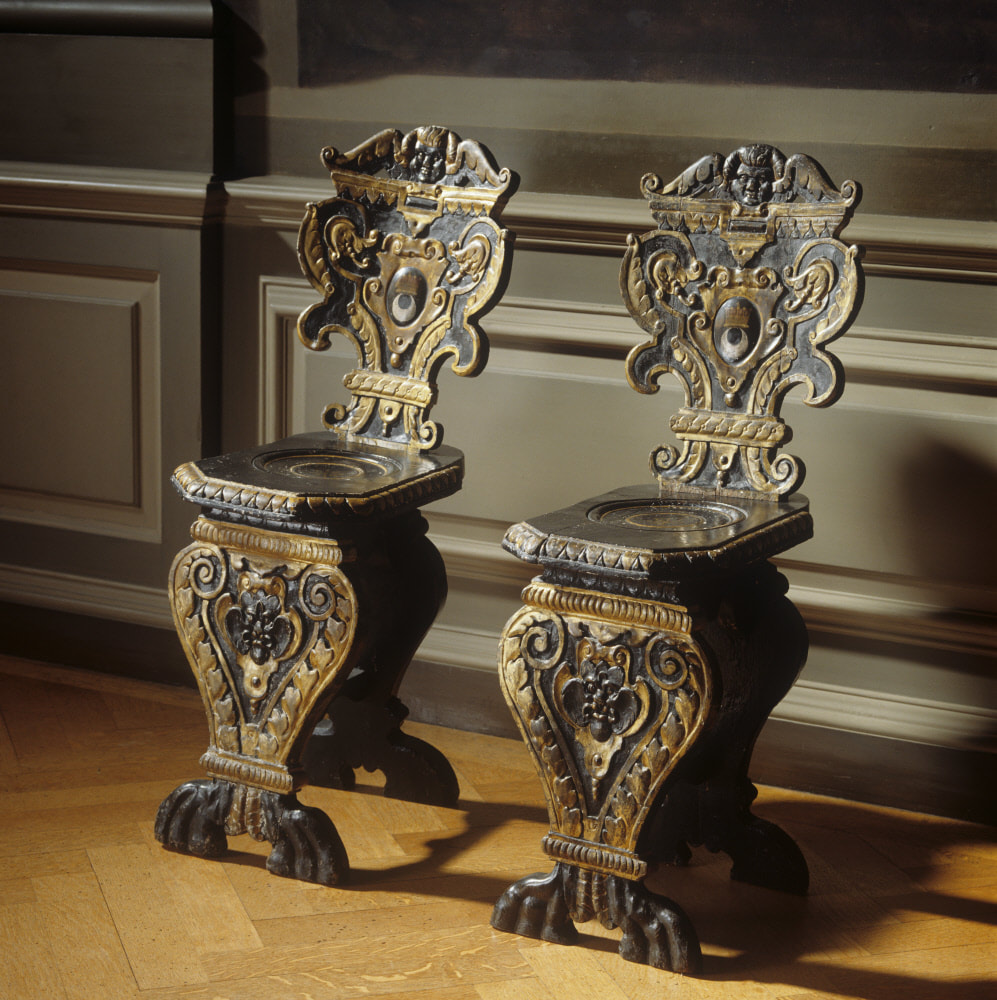
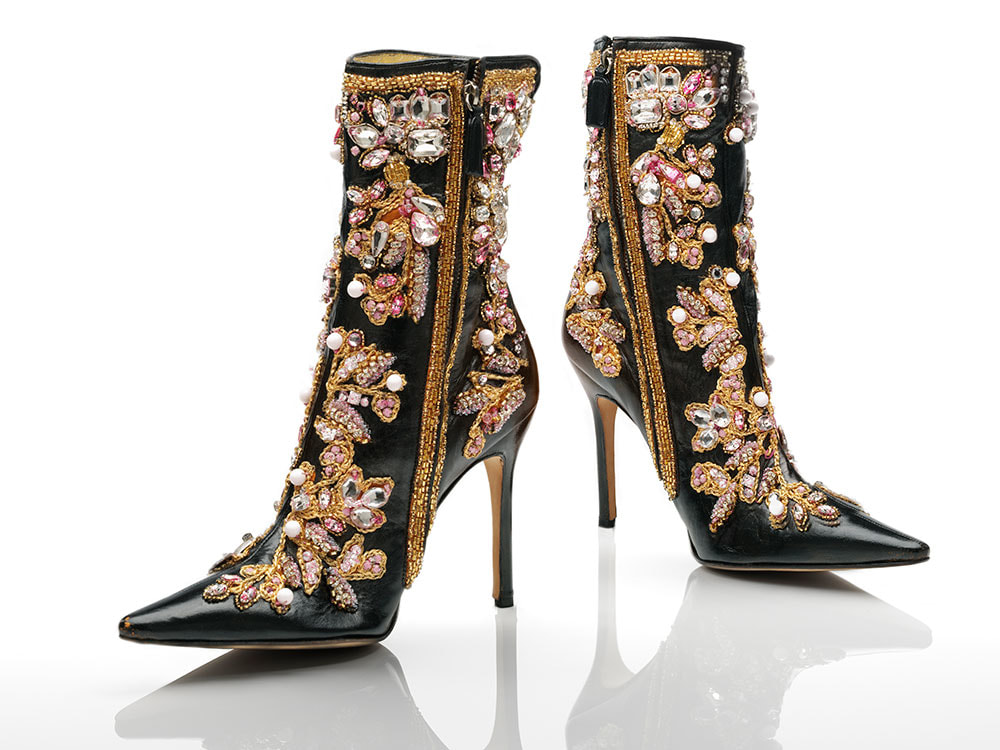

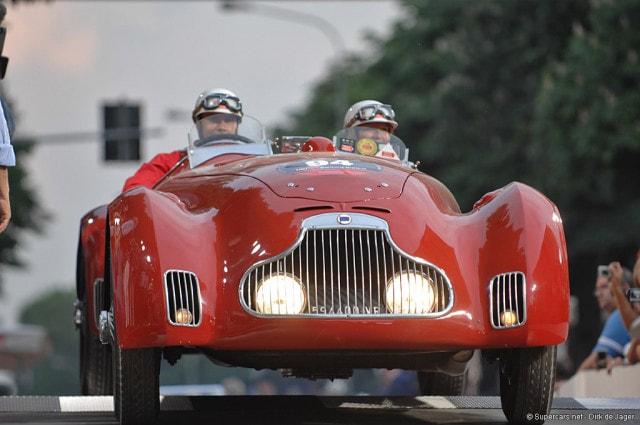
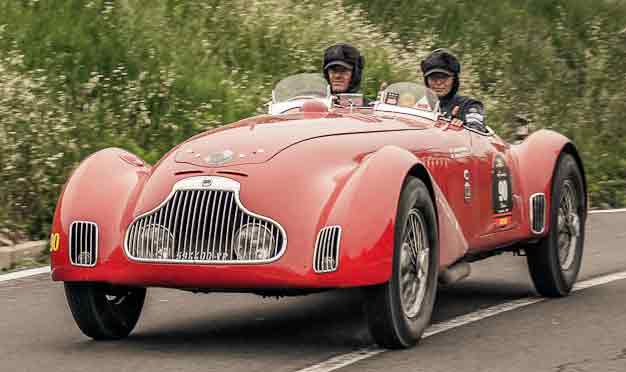

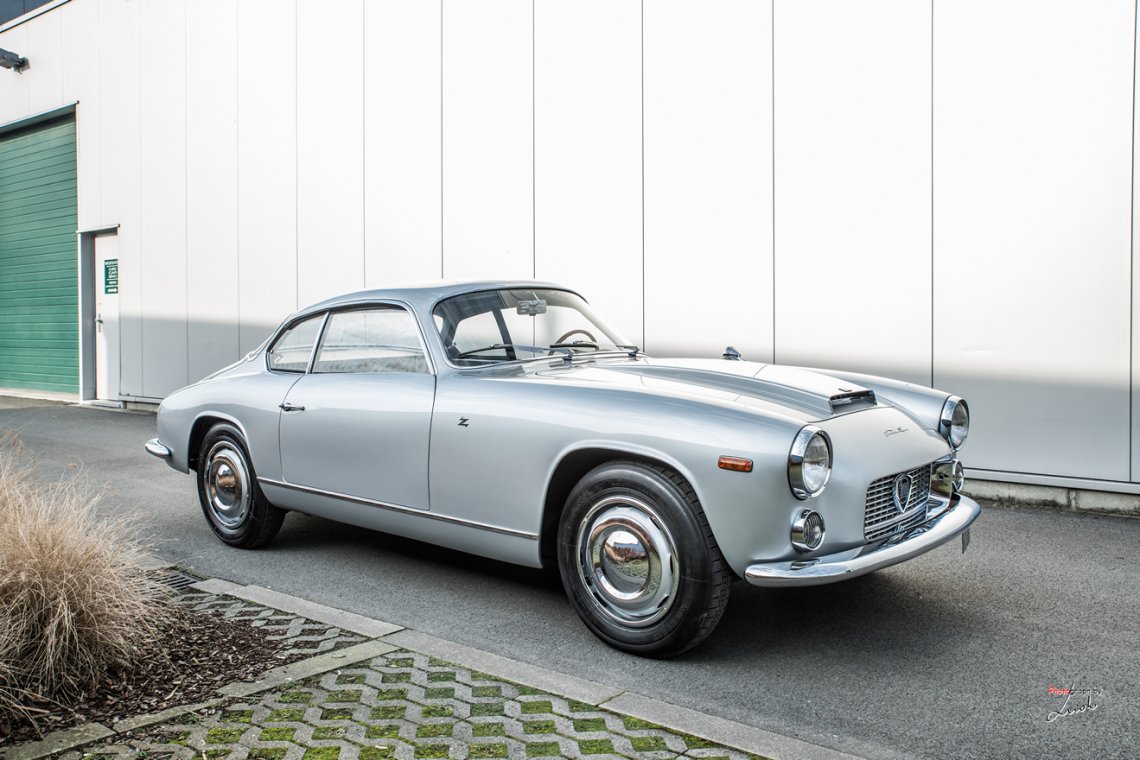



 RSS Feed
RSS Feed
